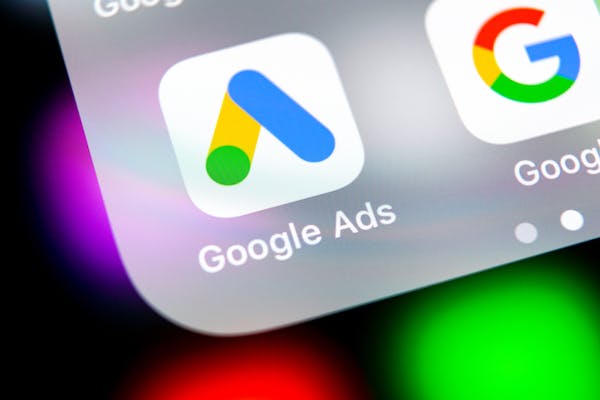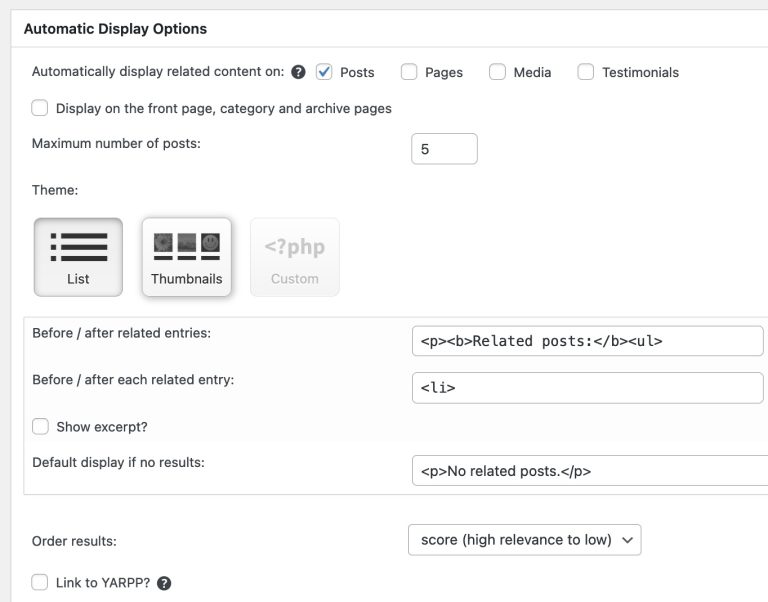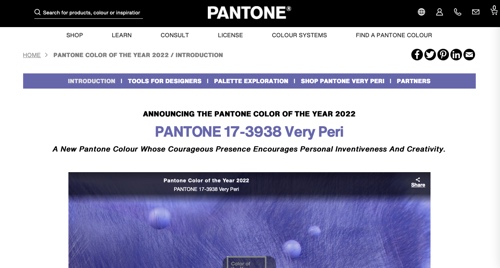06th Sep 2016 – 
So it made me think; though content marketing isn’t always where you’ll get the most conversions – what types of content lead to conversions? Because I wanted to increase this kind of content, and not get trapped into just creating content to increase page views with wielding it to make us real money. The magic of content that converts is that it is the kind of content someone would search for when they have “high intent to buy.” Here are the top 5 types of “high intent” content I came across are going to be more likely to lead to conversions.
Here’s an example of an end of post ‘Call to Action’ on my Minneapolis Web Design blog.
So many people get in this closed off mindset that says “keep the industry secrets close,” but they might feel a little silly if they really looked at what’s already out there. People are likely giving away so much information about so many professions and disciplines, that it actually makes sense to be the one coughing up the most authoritative content on these subjects.
1.Content that reviews technologies people may be looking into about the time they would purchase your product or service.
Maybe the newest trend in coats are long-tail coats for men. Or a fashion design making a big comeback. If you create the definitive guide for how to rock with the long-tail coat; then you can earn your brands visibility into a big opportunity . Inform, entertain and even promote a little bit by being the first to shine a light on the latest and greatest trends.
Are you in paid advertising? You can review the programs people might be using to programmatically buy ad placements for themselves. Are you selling super artisan baked goods? You can review KitchenAid vs. competitor Breville mixers. People who are considering doing something on their own, or already do aren’t as closed off to buying outright as some who assume.
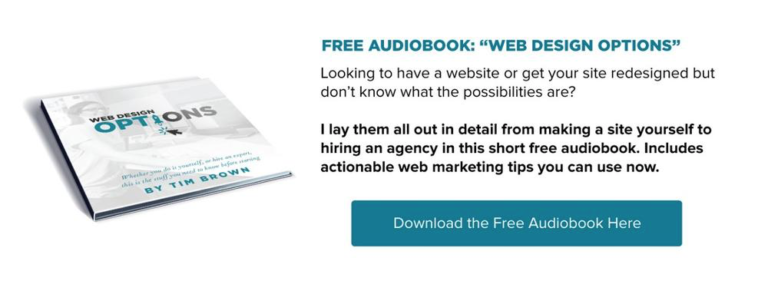
Doing case studies right can do magic for both your SEO efforts and drive conversions. Only if you explain the benefits of what you did for previous clients well. Case studies create a “full buy-in, not just a ‘try it and see’ attitude,” according to Convince and Convert.
2.Topics that would serve them in making a good choice in their buying decision. (“Is my website ready for a redesign?” or “10 of the most comfortable pairs of shoes in the world.)
Articles that aid in the buying decision could be as simple as “How to choose your next [insert your business here.]” But getting creative with the variations on this theme sets you up to be visible. Especially when someone who has a very high intent to buy searches a ‘long-tail’ keyword in Google. Trying to be impartial and share valuable information, even if it means saying something positive about a competitor will earn you more trust than blindly promoting your offering. “Topics should be directed towards target customers and not industry peers, and the content should have a real connection between what your brand represents and what you’re discussing,” according to Forbes writer and Audience Bloom founder Jayson DeMers.
How to do the right #contentmarketing for #conversions w/@timbdesignmpls Click To Tweet
3. Content that talk about the newest trends in your industry.
It set’s you up as the expert in the minds of your customers and means when they don’t have time to do it themselves or realize that they need a professional – you and your company will be the one that comes to mind. Perhaps you love cupcakes and realize that you don’t have 0 to spend on a mixer, but the site that reviews them also has 3 types of cupcakes you can buy right now featured at the bottom of the article. Checkmate.
Just mindlessly churning out content is easy. This can be by paying close attention to what people respond to, e.g; what they visit the most, re-tweet, and share takes a little more conscious thought. Your competitors might not even care or be paying attention to what their audience truly needs. But, be the one that is constantly tweaking your content strategy based on what people actually want.
5. Case studies of your work are often overlooked, but in service, industries can be a super important piece further down the funnel in the decision-making process.
Recently while sorting through the conversions on my digital agency’s website, I found one particular blog post that had led to 3 conversions in the past month. Now, conversions on blog posts are not super unlikely or anything but this one was performing better than all the others. We’re not talking newsletter subscriptions we’re talking contact form submissions.

Really know your audience and be fanatical about creating something that will be useful or entertaining to them.
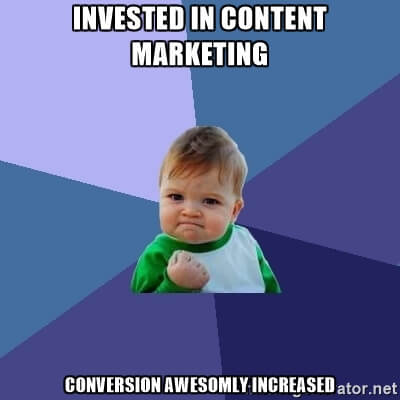
An example of a realtor using a checklist for content marketing
A/B test to make sure you have the right call to actions and opt-in’s to capture a lead or a sale on your site.
Jeff Bullas suggests creating your soft opt-in’s around newsletter subscriptions, e-book downloads, webinars and my favorite – purchasing products or services. Make sure your call-to-actions are visible around the content. This is at the top of your sidebar, at the end of blog articles, in a button on the header that sticks to the top of the screen when it scrolls and on popups. But don’t do all of this blindly, test what works for you and measure your success.



